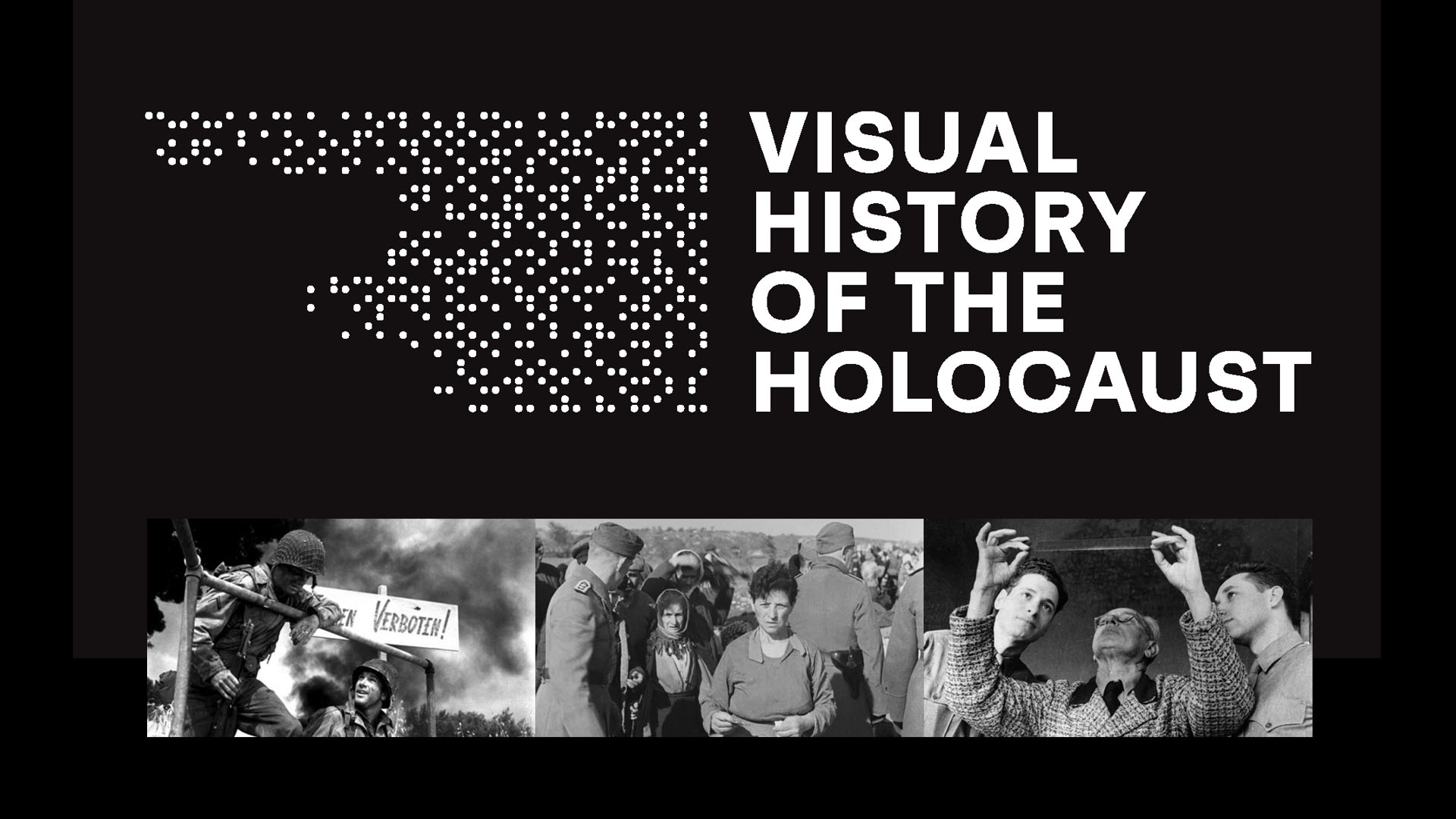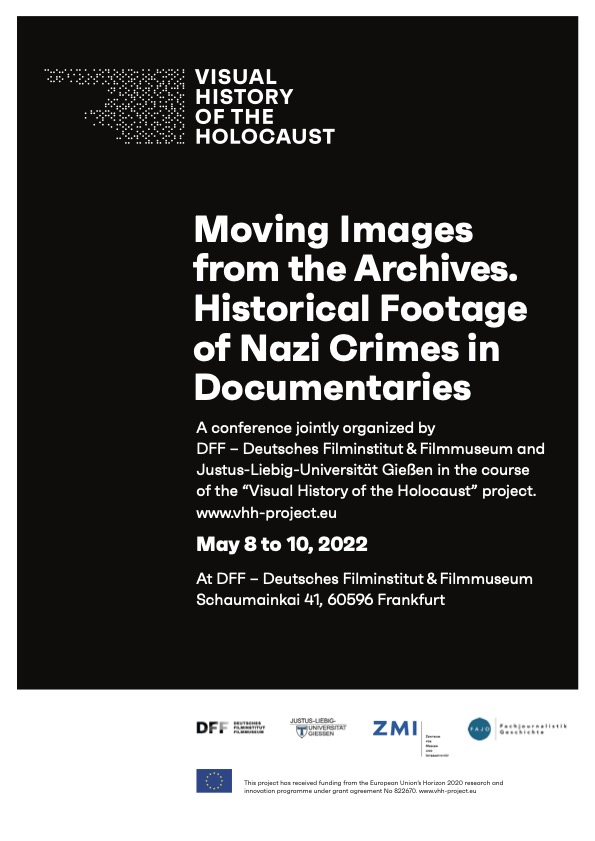A Conference on the Use of Historical Film Footage of Nazi Crimes in Documentary Films.
8 through 10 May 2022 at DFF.
Film teams of the British, American, and Soviet armies extensively recorded the aftermath of Nazi crimes in liberated camps and territories. Since the end of World War II, these scattered records have been used in museum exhibitions and television and cinema documentaries. The fact that this footage was meant to serve as evidence in Nazi crime trials, to inform the Allied public, and to shame and denazify German viewers is not always apparent when images from it are employed as a surrogate for images the perpetrators themselves rarely left behind.
The conference invites film archivists, curators, and filmmakers from Germany, the US, the UK, Israel, France, and Denmark to describe their approaches to employing this historical footage in their work, including filmic means of contextualizing archival footage and combining it with other kinds of sources and the educational and emotional effects of different presentation strategies.
Clips selected by the speakers from their documentaries will be accessible in advance to all conference participants via a Vimeo account. They will not all be shown during the conference in order to maximize the time for discussion.
The conference is jointly hosted by the DFF – Deutsches Filminstitut & Filmmuseum and the Justus Liebig University Giessen and organized within the framework of the 4-year EU Horizon 2020 project “Visual History of the Holocaust. Rethinking Curation in the Digital Age“, which started in 2019.
By registering, participants agree to comply with the COVID-19 protective measures of the conference: Participants must be fully vaccinated or recently recovered. Rapid antigen tests will be provided free of charge (and should be used each day prior to participation). In addition, wearing an FFP2 mask is mandatory.
Accompanying film series at the DFF cinema
Sunday, 8 May 2022, 6.00 p.m.
VERBOTEN!
USA 1959. D: Samuel Fuller. Cast: James Best, Susan Cummings, Tom Pittman. 93 Min. 35mm. OF
Original version
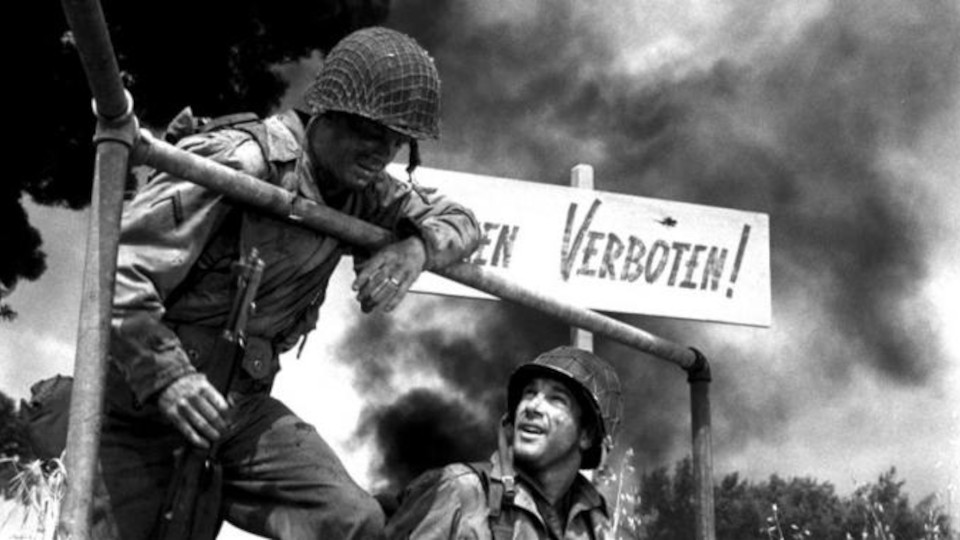
At the end of World War II, American soldier David Brent (James Best) is seriously wounded during a mission and rescued by German Helga Schiller (Jane Cummings). This results in a forbidden love affair that leads Brent to remain in post-war Germany. World War II veteran Samuel Fuller’s film expresses doubts about the smooth denazification of his German protagonists. A visit to the Nuremberg trials, enriched by a montage of archival footage, leads at least Helga’s brother (Harold Daye) to a realization of guilt.
Monday, 9 May 2022, 6:30 p.m.
THE LOST FILM OF NUREMBERG
France/USA 2021. D: Jean-Christophe Klotz. Documentary film. 52 mins.
Original version with English subtitles
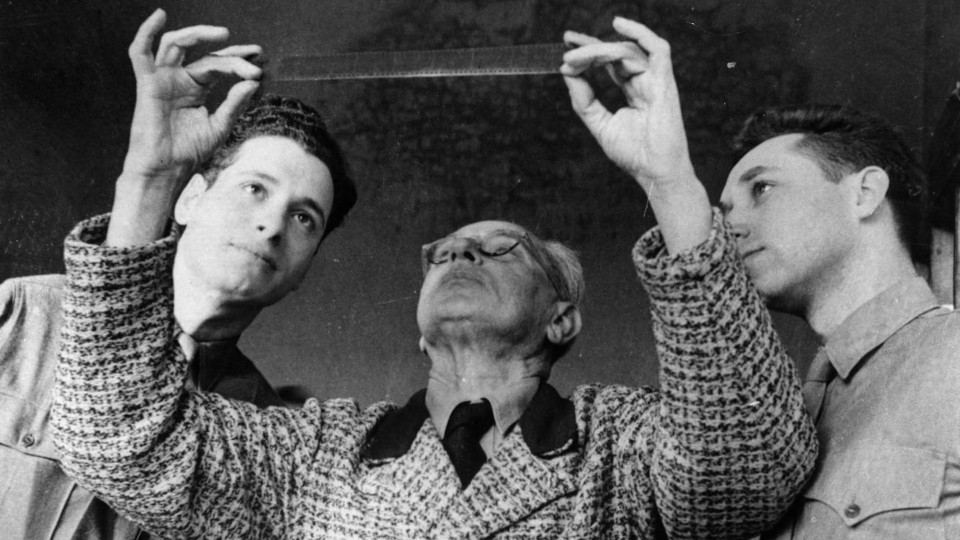
For the Nuremberg trial, a film was commissioned as visual evidence that would beat the Nazis at their own game: the self-produced footage of their crimes. Budd and Stuart Schulberg went on a four-month hunt through devastated Europe. The result was the film NURMBERG: A LESSON FOR TODAY, which contributed to the condemnation of the Nazi elite. The documentary THE LOST FILM OF NUREMBERG not only shows the making of this film, but also contextualizes the politics of its disappearance and rediscovery.
Tuesday, 10 May 2022, 8:30 p.m.
BABI YAR. CONTEXT
The Netherlands/Ukraine 2021. D: Sergei Loznitsa. Dokumentary film. 120 mins. DCP. Original version with English subtitles
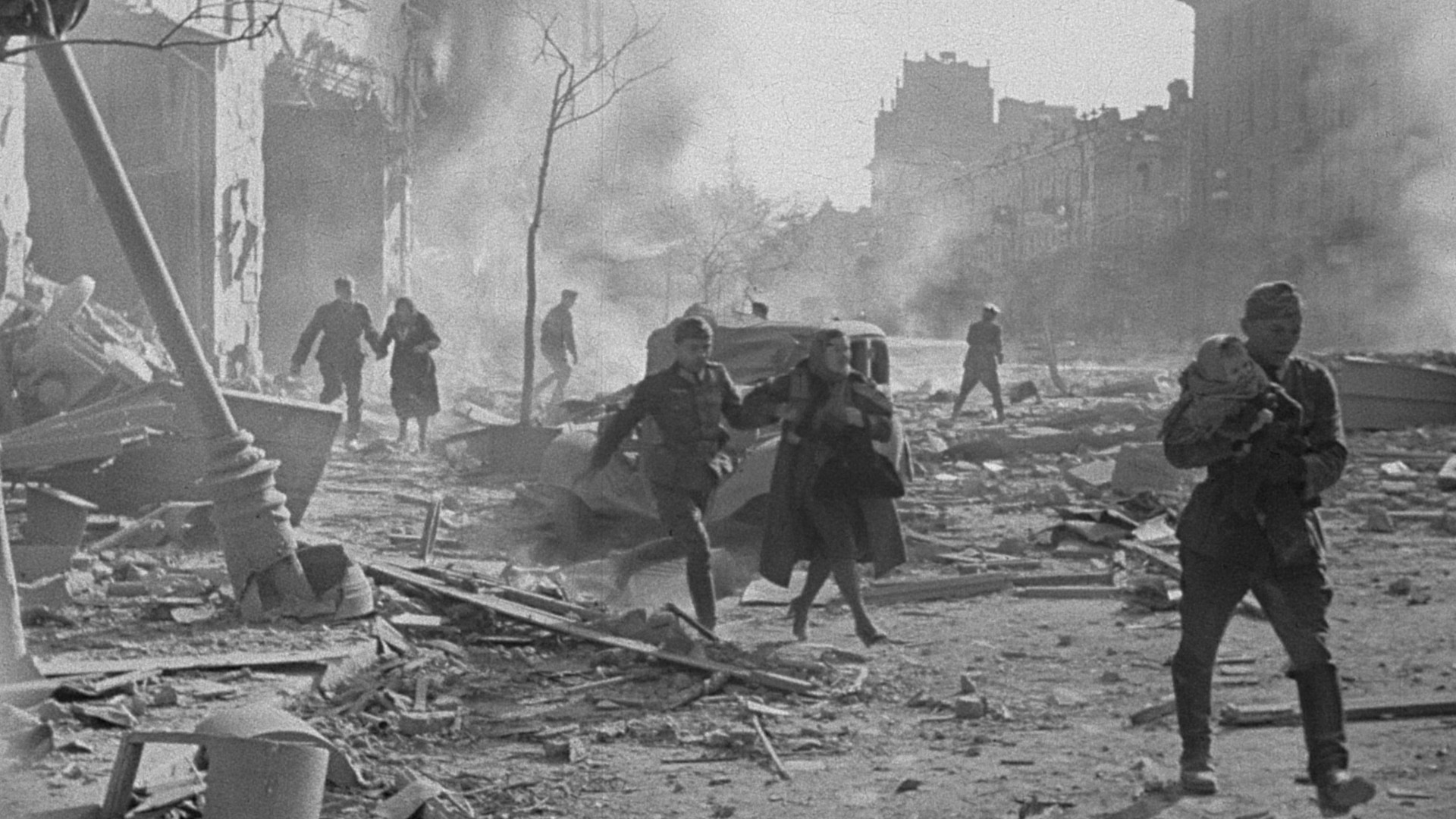
On September 29 and 30, 1941, German Wehrmacht soldiers killed 33,771 Jews in Babyn Yar, a ravine near Kiev. For his current archival film, director Sergei Loznitsa (THE TRAIL, STATE FUNERAL) searched German, Russian and Ukrainian archives for footage to contextualize this undocumented mass murder. Formally chronological, this frames the crime at the center with its antecedents and aftermath up to the 1950s. The partially missing audio of the archival footage was created by Foley Artist Vladimir Golovnitski.

